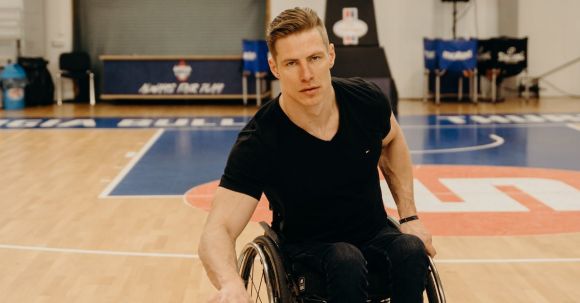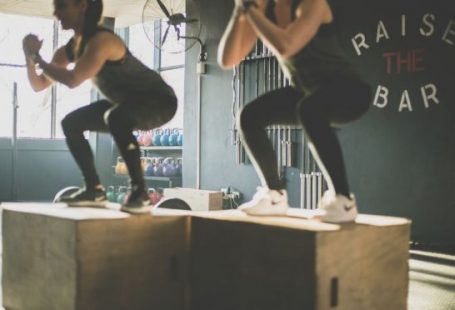When it comes to improving your athletic ability, one-size-fits-all training methods simply won’t cut it. To truly excel in your chosen sport, you need to engage in sports-specific training. This type of training focuses on the specific skills and movements required in your sport, helping you to develop the strength, speed, and agility needed to perform at your best. In this article, we will explore the benefits of sports-specific training and provide tips on how to incorporate it into your fitness routine.
Understanding Sports-specific Training
Sports-specific training involves tailoring your workouts to mimic the movements and demands of your sport. By replicating the specific actions and energy systems used in your sport, you can optimize your training to improve performance. This type of training goes beyond general fitness and targets the muscle groups and skills necessary for success in your sport.
Benefits of Sports-specific Training
1. Improved Performance: Sports-specific training allows you to focus on the specific skills and movements needed in your sport, leading to improved performance. By training in a way that directly translates to your sport, you can enhance your speed, power, and endurance, giving you an edge over your competition.
2. Injury Prevention: By targeting the muscle groups and movements used in your sport, sports-specific training can help prevent injuries. Strengthening the muscles that are most vulnerable in your sport and improving flexibility and mobility can reduce the risk of strains, sprains, and other common sports injuries.
3. Enhanced Technique: Sports-specific training allows you to refine your technique and improve your form. By practicing the specific movements and skills required in your sport, you can develop better coordination, balance, and body control, resulting in more efficient and effective performance.
Tips for Incorporating Sports-specific Training
1. Analyze Your Sport: Begin by analyzing the specific skills, movements, and energy systems used in your sport. Understanding the demands of your sport will help you identify the areas that require the most focus in your training.
2. Focus on Strength and Power: Many sports require a combination of strength and power. Incorporate exercises that target the specific muscle groups used in your sport, such as squats and deadlifts for explosive power in lower body-dominant sports or shoulder presses and pull-ups for upper body-dominant sports.
3. Improve Speed and Agility: Speed and agility are crucial in many sports. Incorporate drills that focus on quickness, change of direction, and reaction time. This could include ladder drills, cone drills, and shuttle runs to improve your agility and speed.
4. Practice Sport-specific Skills: Allocate time in your training sessions to practice the specific skills and movements required in your sport. This could involve shooting drills for basketball players, passing drills for soccer players, or serve and volley drills for tennis players.
5. Include Conditioning Exercises: Conditioning is essential for endurance-based sports. Incorporate exercises that mimic the energy systems used in your sport, such as interval training or high-intensity circuit training. This will help improve your cardiovascular fitness and stamina.
Conclusion: Taking your athletic ability to the next level requires more than just general fitness training. Sports-specific training is the key to unlocking your full potential. By tailoring your workouts to address the specific skills, movements, and energy systems of your sport, you can improve your performance, prevent injuries, and enhance your technique. So, whether you’re a basketball player, soccer player, or track athlete, make sports-specific training a priority in your fitness routine and watch your athletic ability soar.





